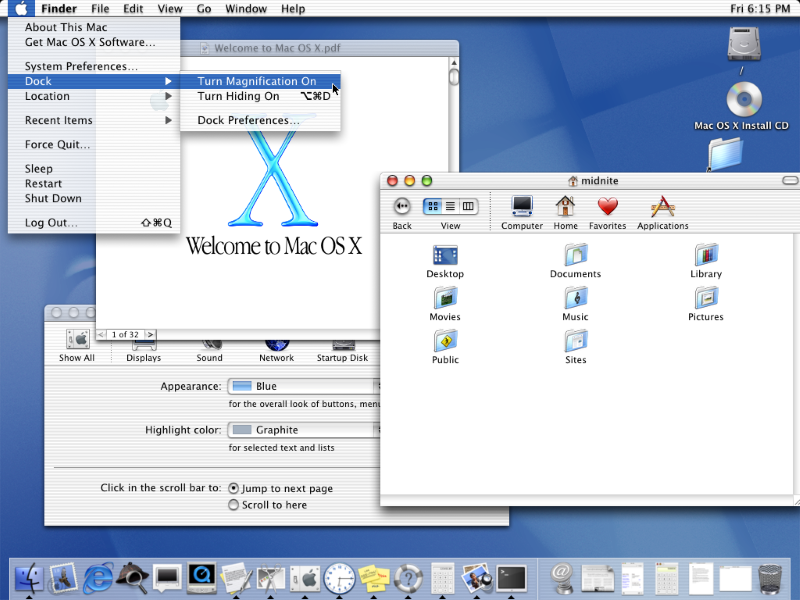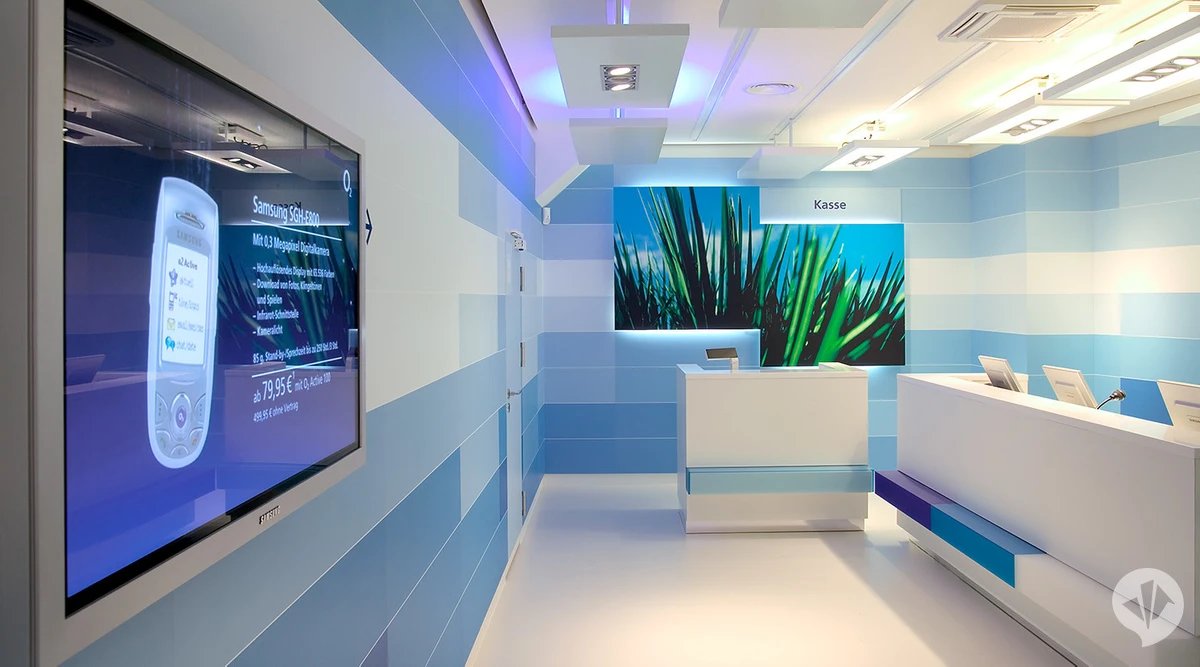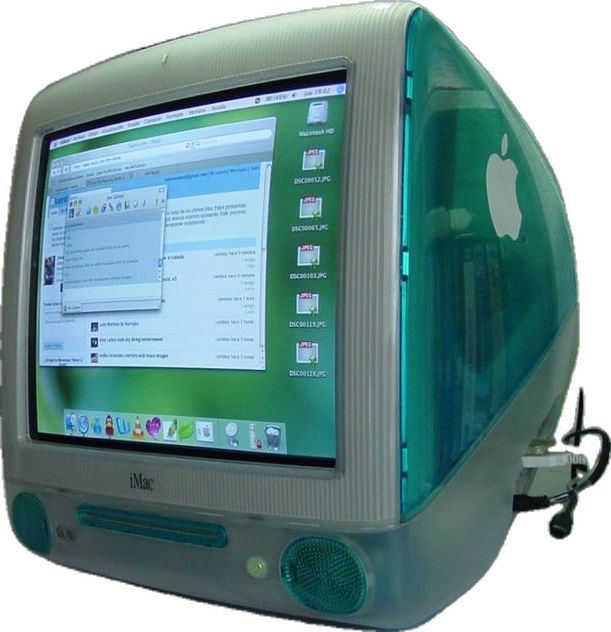Twenty-five years later, we're experiencing a profound nostalgia for the turn of the millennium, but it's not just about the past. It's about reclaiming a vision of the future that felt hopeful, optimistic, and fundamentally human.
The Birth of Digital Optimism
The Y2K era represented a unique moment in human history: the intersection of technological possibility and unbridled optimism. We were on the cusp of a new millennium, the internet was expanding exponentially, and every new gadget promised to make life more beautiful, more connected, and more magical.
Remember These Y2K Icons?
Frutiger Aero: The Visual Language of Hope
Within the broader Y2K movement, Frutiger Aero emerged as the sophisticated cousin, less about flashy chrome and more about organic, nature-inspired technology. It represented the belief that our digital tools could be both advanced and humane, efficient and beautiful.
The aesthetic combined several key elements that captured the zeitgeist:
- Translucency: Suggesting openness and honesty in technology
- Organic curves: Bringing nature into our digital spaces
- Soft gradients: Creating depth without harshness
- Light effects: Symbolizing enlightenment and progress
- Glossy surfaces: Reflecting optimism and possibility


How It Shaped Internet Culture
The Y2K aesthetic didn't just influence how things looked, it fundamentally shaped how we thought about technology and our relationship with it. Websites became experiential rather than just informational. User interfaces prioritized delight alongside functionality.

Cultural Impact
Web Design
Flash animations, glossy buttons, and immersive experiences became the norm
Product Design
Apple's translucent computers redefined how technology could look and feel
Digital Art
3D renders and chrome effects became the new artistic medium
Music Culture
Electronic music visualizations embraced glossy, futuristic aesthetics
Why Now? The Psychology of Revival
Today's Y2K revival isn't random, it's a response to our current digital environment. After years of flat design, minimalism, and algorithmic feeds, we're craving the emotional richness and humanity that Y2K design represented.
"We're not nostalgic for the year 2000, we're nostalgic for what the year 2000 thought the future would look like."
Implementing Y2K Aesthetics in Modern Life
You don't need to live in the past to embrace Y2K principles. Here's how to bring that optimistic, human-centered approach to your current digital and physical spaces:
Physical Spaces
- Incorporate translucent or iridescent materials
- Use soft, organic lighting
- Choose furniture with flowing, curved lines
- Add metallic accents sparingly
Digital Spaces
- Embrace subtle gradients and depth
- Use glassmorphism effects thoughtfully
- Prioritize smooth animations
- Choose rounded corners over sharp edges
Creative Work
- Experiment with chrome and metallic effects
- Layer translucent elements
- Use holographic or iridescent color schemes
- Create depth through lighting
Mindset
- Approach technology with curiosity, not cynicism
- Value beauty alongside functionality
- Embrace optimism about the future
- See technology as a tool for human flourishing
The Deeper Meaning
The Y2K revival represents more than just a fashion trend or design movement. It's a collective yearning for a time when technology felt magical rather than manipulative, when the digital future seemed bright rather than dystopian.
By embracing Y2K aesthetics,particularly the sophisticated Frutiger Aero approach, we're not trying to recreate the past. We're trying to reclaim the optimism, creativity, and human-centered values that characterized that era's relationship with technology.
Building Tomorrow's Nostalgia
The most important lesson from the Y2K revival is this: the aesthetics we create today will become tomorrow's nostalgia. What kind of future are we designing? What values are we embedding in our digital spaces?
As we move forward, we can carry the best of Y2K forward: the optimism, the emphasis on beauty, and the belief that technology should enhance rather than diminish our humanity. The future is still being written, and we get to choose how it looks.
Envisioning 2050
What if we could design tomorrow's digital world with the same hope and creativity that characterized Y2K? What would interfaces look like if they prioritized wonder over engagement metrics? How would we create technology that feels as magical as early 2000s optimism promised?